What is a ‘lot code’?
A lot code is a number given by a single producer to a specific quantity or product group. If you have not learned of ‘lot code’ before, you may have heard of their different names. It can as well be called lot number, code number, or batch number.
Lot codes are a mixture of numbers allocated to groups of similar products. They are usually printed next to time and date codes in bottle labels, flexible packages, or carton boxes.
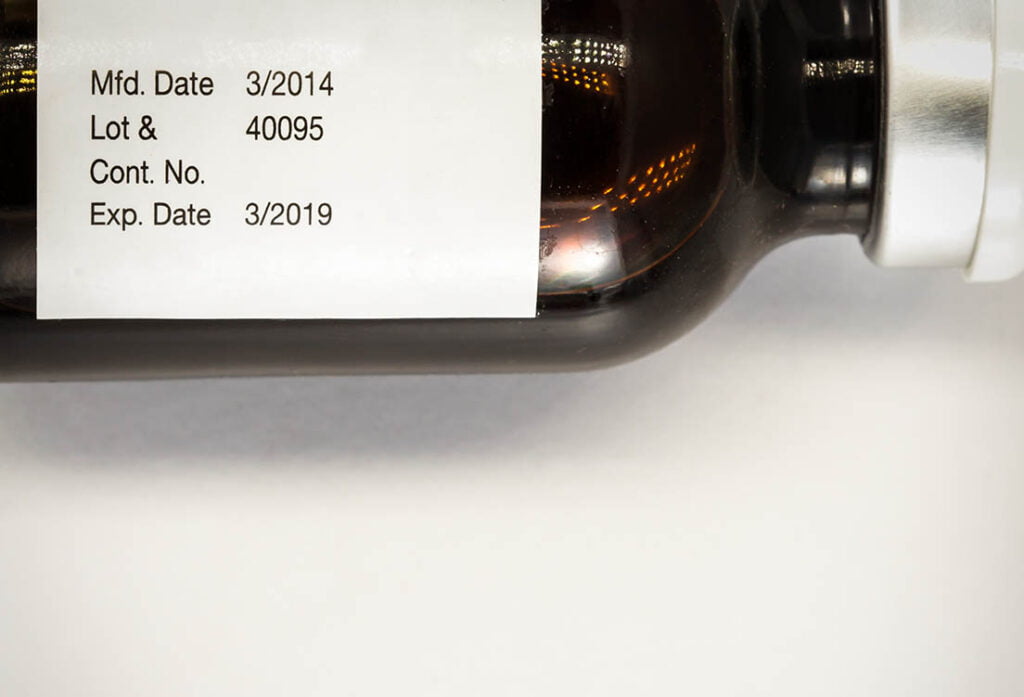
Many corporations have different ways to assign batch numbers to their products. Some of the elements that decide these differences may be centered on production date, expiration date, location, or a combination of different numbers. But one factor that will not change is that a ‘lot code’ is a unique group of digits that is only valid to that particular group of products.
Machines and technologies that print human-readable lot numbers include thermal inkjet (TIJ), laser marking, continuous inkjet (CIJ), and thermal transfer (TTO) printers.
What is lot tracking?
Lot tracking or batch tracking is a system for tracking, tracing, and accessing product information throughout the supply chain from start to finish. It is accomplished with the support of barcodes, scanners, and inventory management software. For example, when making ketchup and bottling, the monitoring system will show the life cycle of each bottle. It shows where the raw materials used to make the bottle come from. Then after delivery, you can follow the path from the manufacturing plant to the storeroom and then to the customer.
Why Is It Important?
Lot numbers are essential for many reasons including inventory control and crisis avoidance during recalls. When a certain product has to be recalled, the lot number can instantly detect the batch of products to be removed. This is particularly important in food and medical products where contamination or manufacturing errors can sometimes happen. Thus, it has been mandated by the US Food and Drugs Administration (FDA) to have lot code appear on all product labels.
Difference Between Lot Number and Serial Number
The batch numbers of the same batch of products can be the same. When it goes to serial numbers, the situation is a little different. Each serial number is different from the other even when the product comes from the same batch. The serial number is much more accurate than the batch number. That not only helps distinguish different products but also helps distinguish individual products of the same brand.
The serial numbers are very different for specialized products. They are usually used in mobile phones, laptops, and other good technical resources. These help to differentiate the various models and are very easy to manage. It facilitates the support team to identify specific products and provide high-quality assistance.
Recommended Technologies for Lot Code Printing
There are several technologies that can print lot codes depending on materials and substrates. When it comes to printing high-quality human-readable lot codes, thermal inkjet printers and thermal transfer overprint are the best options. However, when you are looking for a more economical technology, TIJ printers offer the best solution. The cost of ownership and maintenance of TIJ technology is relatively lower compared to other technologies such as TTO, CIJ, and Laser. Click here to understand the advantages of TIJ Printer.

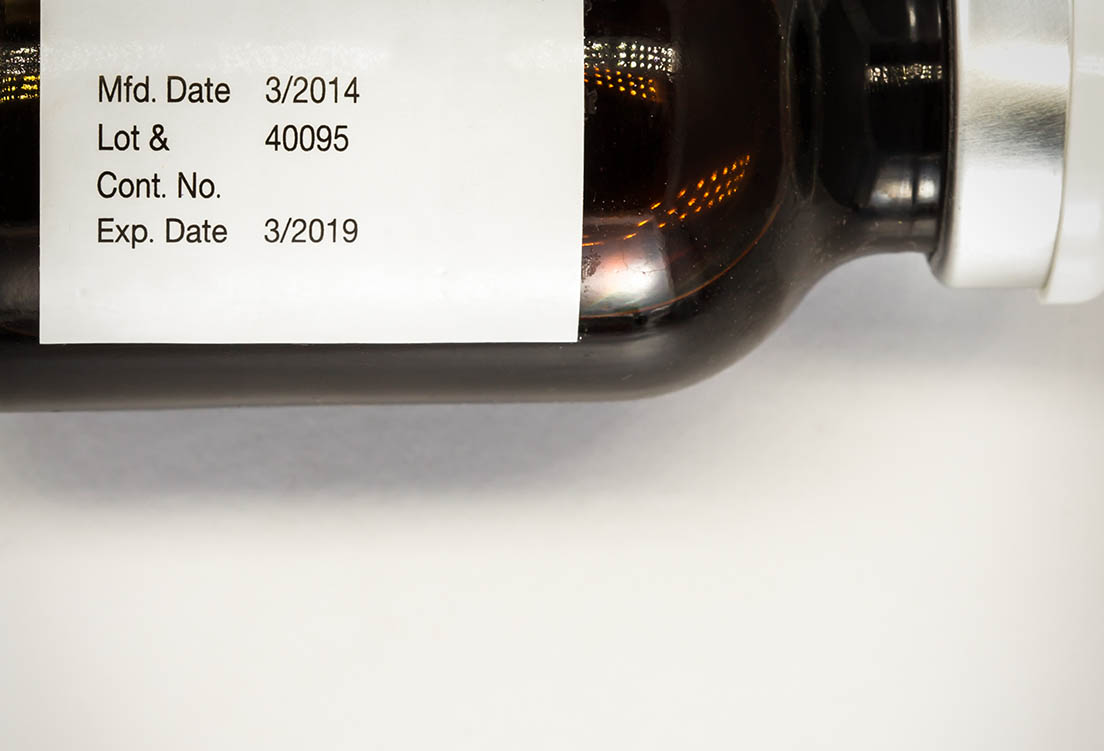
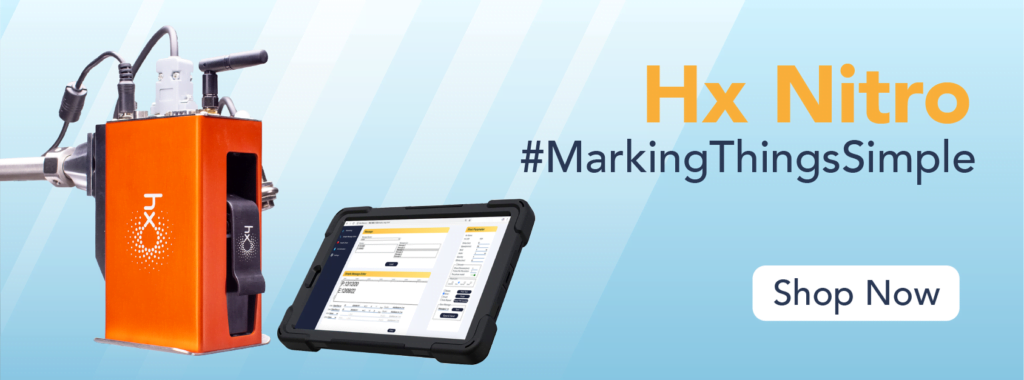

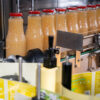
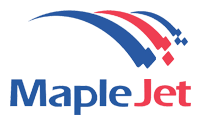

Recent Comments